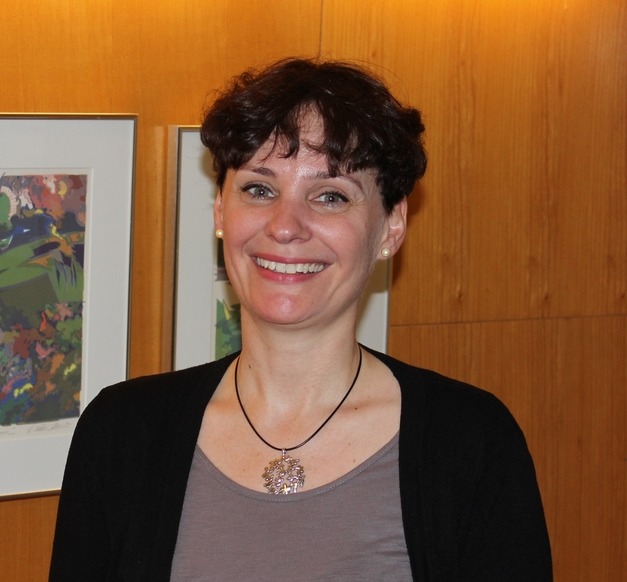“Unilateral spatial neglect concerns stroke patients’ inability, or difficulties, in reacting to, identifying or being aware of stimuli from the side opposite side to the brain trauma – where the symptoms can not be explained with paralysis or sensory disturbance. For patients with serious spatial neglect it is as if the left part of existence no longer exists,” says Marianne Elisabeth Klinke, doctoral student in Nursing, who now works on a doctoral thesis on unilateral spatial neglect after a stroke in the right hemisphere. Klinke has received a grant for the project from the Eimskip University Fund, the Research Fund of Ingibjörg R. Magnúsdóttir and the National University Hospital Research Fund.
“Common symptoms of unilateral spatial neglect are that the patient will bump into things on her/ his left; will only eat from the right side of a plate; only read words on the right side of sentences and forget to move limbs on the left side – to mention but a few.”
Klinke has long been especially interested in the nursing of neural patients and has worked in that field for around 16 years. Spatial neglect occurs in 50-82% of individuals who have had a stroke in the right hemisphere, but according to Klinke limited research has been done on it after hospital time and rehabilitation ends.
“Spatial neglect becomes milder with time, but when I worked on my masters thesis on difficulties in eating after stroke I saw symptoms in patients years after the stroke. For some it clearly had a great impact on their daily lives. Spatial neglect is thus not a limited problem as previously believed,” says Klinke.
One aspect of Klinke’s doctoral project is a phenomenological field study. According to her such a study provides insight into the lived experience of patients who have difficulty in sensing their environment, their own bodies and its limitation sufficiently. Relying solely on interviews is insufficient since the phenomenon is often unbeknownst to the patients themselves.
“It is my hope that better insight into the lived experience of a patient suffering from unilateral spatial neglect and a description of the manifestation of the condition over a long period the quality of the tools used to evaluate it may be enhanced and rehabilitation as a whole improved. A precise description of spatial neglect in real circumstances may open up new ways to deal with the problem,” Klinke concludes.
Supervisors: Helga Jónsdóttir, Professor at the Faculty of Nursing, Haukur Hjaltason, Associate Professor at the Faculty of Medicine and Björn Þorsteinsson, Researcher at the Institute of Philosophy.



